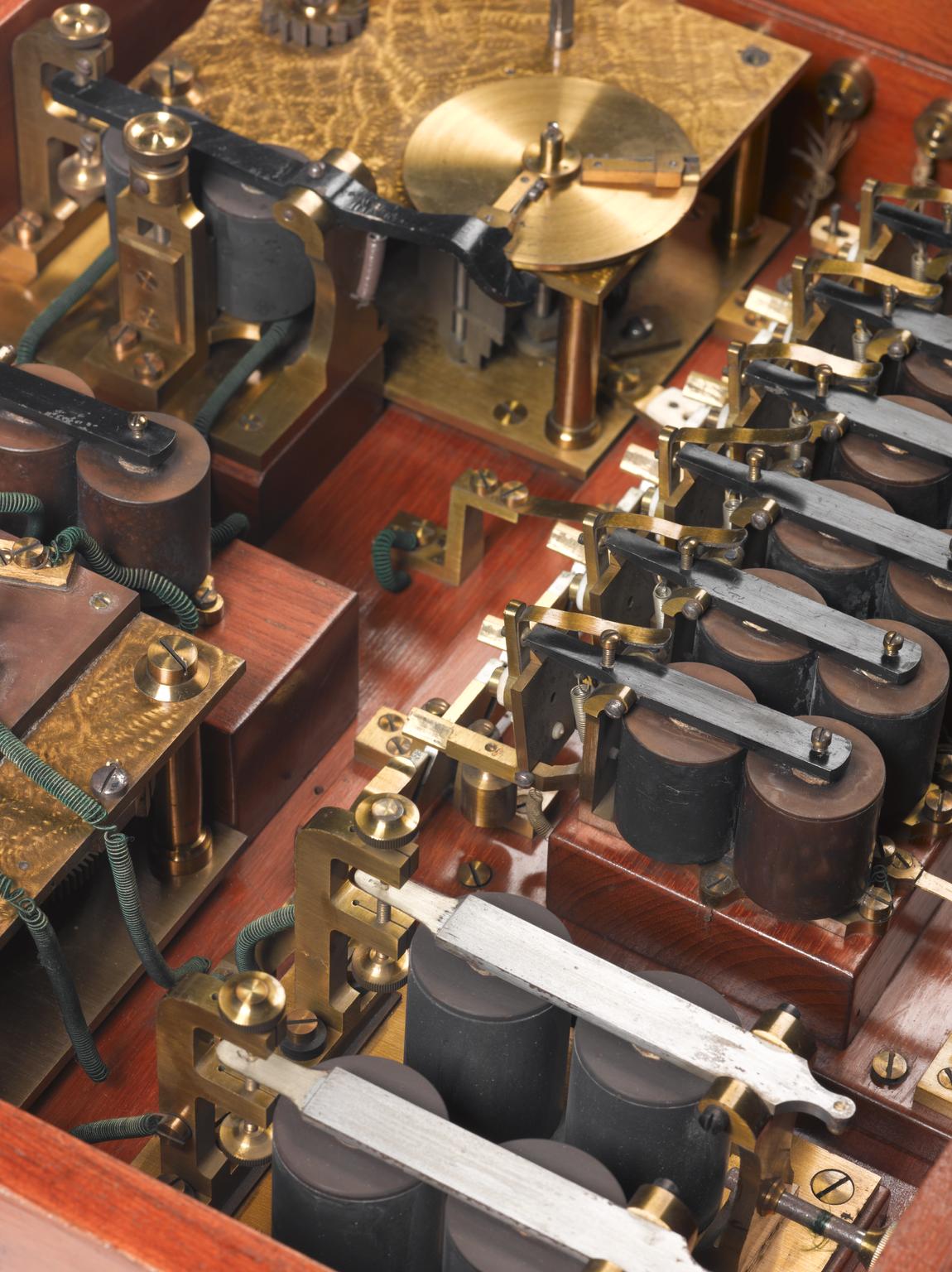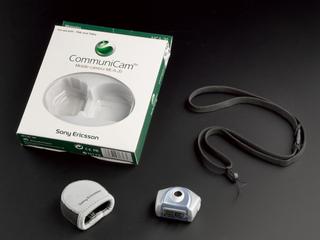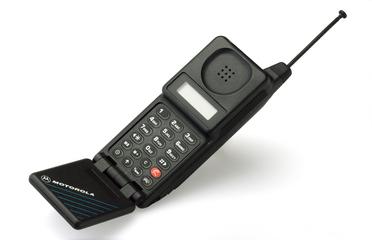
Sinclair Line Selector Automatic Switch Board, 1880-1890
Sinclair line selector automatic switch board (glass broken and incomplete), patented by David Sinclair, probably made by the National Telephone Company, British, 1880-1890.
More
This was the first attempt at an automatic telephone exchange in Great Britain. It was invented by Dane Sinclair, an engineer at the National Telephone Company in Scotland, and was used in one of their exchanges installed at Coatbridge, near Glasgow, in 1886, six years before the first automatic exchange was set up in the USA in 1892. The exchange had up to six subscribers, and the automatic switchboard removed the need for an operator at the branch level exchange (the exchange to connect the six subscriber lines to each other). Connections at the central exchange (to other branch networks) still required an operator. It functioned using electro-magnets and clockwork mechanisms.
- Measurements:
-
overall: 146 mm x 372 mm x 480 mm, 14 kg
- Materials:
- wood (unidentified) , metal (unknown) , brass (copper, zinc alloy) , wax and thread
- Object Number:
- 1915-251/1
- type:
- switchboard
- Image ©
- The Board of Trustees of the Science Museum









